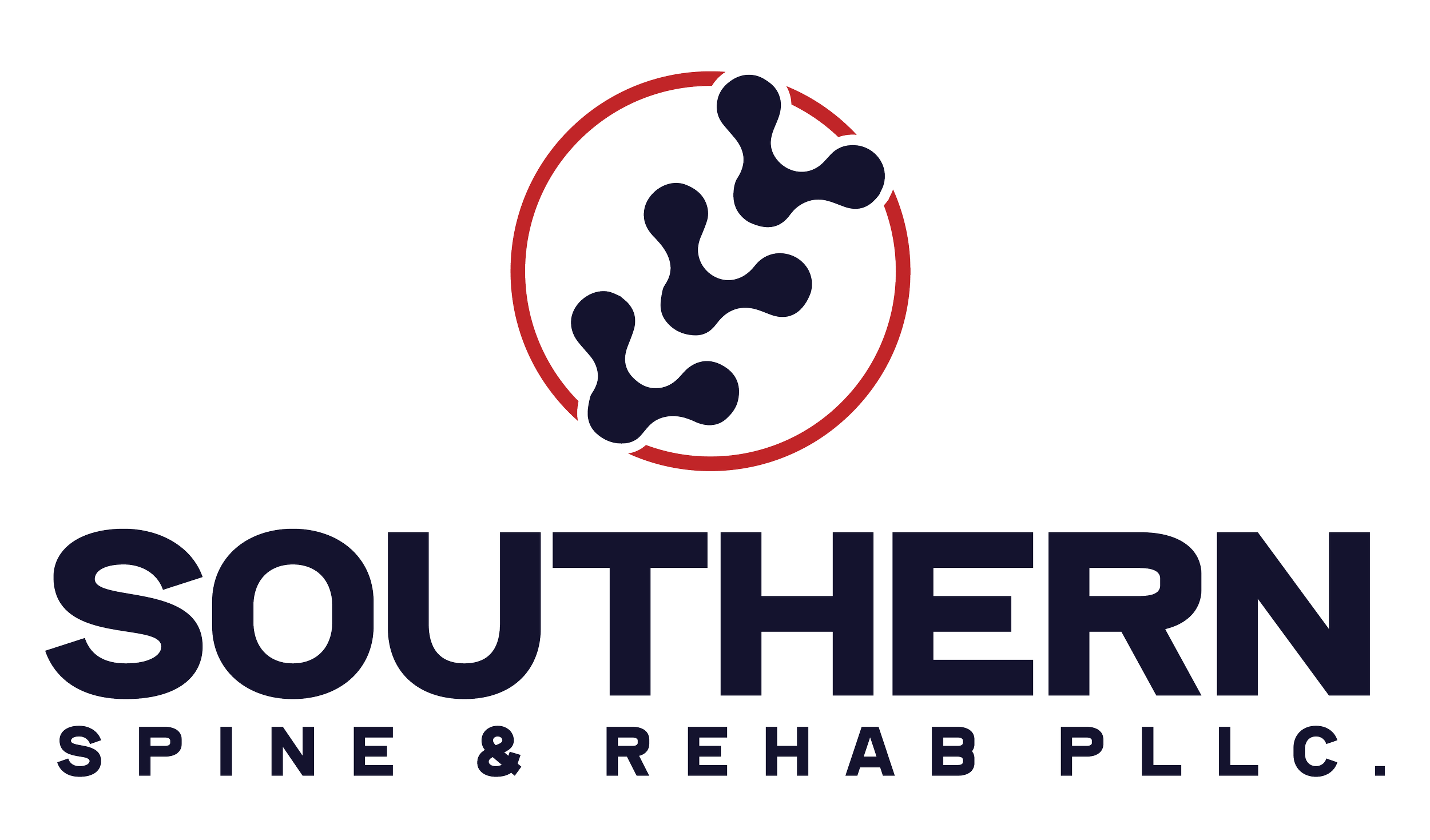Tips to Improve Spine Health
What is the Spine?
Our spine, or “backbone,” is made up of 33 bones (vertebrae) that run from the neck to tailbone. One of its major functions is to protect our spinal cord.
Cervical spine (neck) is made up of 7 vertebrae
Thoracic spine (upper and midback) is made up of 12 vertebrae
Lumbar spine (low back) is made up of 5 vertebrae
Sacrum (part of tailbone region) is made up of 5 fused vertebrae
Coccyx (tailbone) is made up of 4 bones
Image courtesy of https://www.britannica.com/science/vertebral-column
Often over-looked, a healthy spine is an important part of living a healthy life. With that being said, 80% of the population will experience spinal pain at some point in their life.
The People at the Highest Risk for Spinal Pain:
Overweight or obese
Smokers
Those who repeatedly lift heavy objects
The people who have experienced spinal pain before are at high risk of this happening again if not properly treated.
We will discuss ways to reduce your risk of spinal pain, however, nothing is guaranteed. Following simple posture, lifting, and healthy lifestyle guidelines can help you keep your spine in great shape.
The American Chiropractic Association recommends the following spinal health tips:
Standing
When standing, keep one foot slightly in front of the other, with your knees slightly bent. This position helps to take the pressure off your low back.
Keep your head level. Your earlobes should be in line with your shoulders. Do not push your head forward, backward or to the side.
Shift your weight from your toes to your heels, or one foot to the other, if you have to stand for a long time.
Lifting
At all times, avoid twisting while lifting. Twisting is one of the most dangerous movements for your spine, especially while lifting.
If the item is too heavy to lift, pushing it is easier on your back than pulling it. Whenever possible, use your legs, not your back or upper body, to push the item.
If you must lift a heavy item, get someone to help you.
Sitting
Keep your knees slightly lower than your hips, with your head up and your back straight.
Avoid rolling your shoulders forward (slouching).
Try to maintain the natural curve in your low back (you can roll-up a towel and place it between the chair and your low back).
Reaching & Bending
When reaching for something above shoulder level, stand on a stool. Straining to reach such objects may not only hurt your mid-back and neck, but it can also bring on shoulder problems.
Do NOT bend over at the waist to pick up items from the floor or a table.
Instead, kneel down on one knee, as close as possible to the item you are lifting, with the other foot flat on the floor and pick the item up, or
Bend at the knees, keep the item close to your body, and lift with your legs, not your back.
Sleeping
Sleeping on your back puts approximately 50 pounds of pressure on your spine. Other positions, such as a side position, may be better.
Placing a pillow under your knees while lying on your back cuts the pressure on your spine roughly in half.
Lying on your side with a pillow between your knees may also reduce the pressure on your back.
Never sleep in a position that causes a portion of your spine to hurt. Most often, your body will tell you what position is best.
Technology
When texting, bring your arms up in front of your eyes so that you don’t need to look down to see the screen.
When using a computer or mobile device, look down with your eyes, and if you wear glasses, make sure you also can scan the entire screen without moving your head.
When sitting at a device, make sure your feet are firmly flat on the floor or footrest with your knees lower than your hips. Make sure you can use the device without reaching.
Never pinch the phone between your ear and shoulder. Use a headset to reduce shoulder strain.
Text Neck
While it might not seem like much, looking down at our phones for hours and hours is a really big issue. That prolonged position puts stress on your cervical spine and causes pain in the neck - literally. ACA recommends that you rest your elbow on your abdomen and hold the phone straight out in front of your eyes.
In Health,
Dr. Kolten K. Pedigo, DC, MS
Southern Illinois Sports Chiropractor
Marion, Illinois
ENTER YOUR EMAIL FOR THE FREE SPINE HEALTH GUIDE
FIND US ON SOCIAL MEDIA
*This information has been provided by the American Chiropractic Association.

